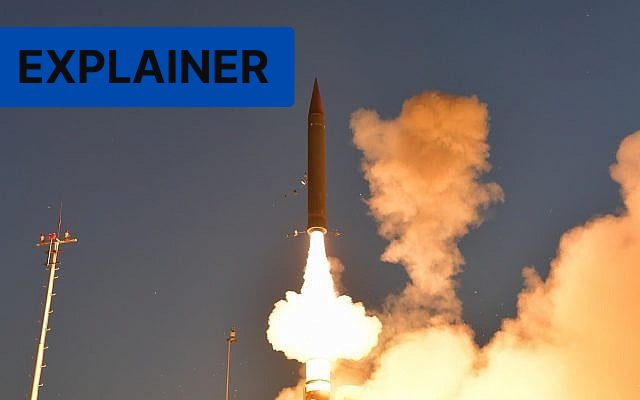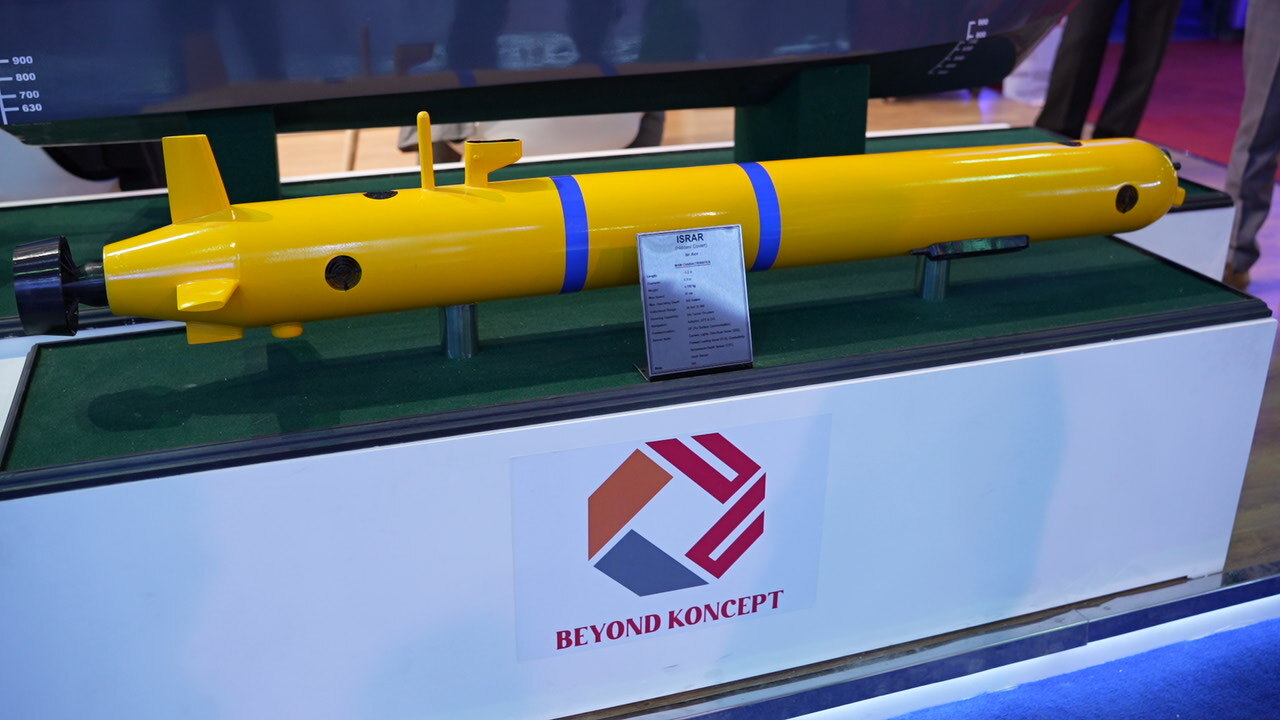In today’s security landscape, ballistic missiles remain one of the most significant threats to national defense. Their speed, range, and destructive potential make them difficult to counter once launched. To address this challenge, countries invest in Ballistic Missile Defense (BMD) systems — advanced technologies designed to detect, track, and neutralize incoming missiles before they reach their targets.
What is Ballistic Missile Defense (BMD)?
Ballistic Missile Defense (BMD) refers to systems designed to detect, track, intercept, and neutralize incoming ballistic missiles before they reach their targets. These missiles follow a high-arching trajectory—launching into space and then re-entering the atmosphere at very high speeds—making them particularly challenging to counter.
The purpose of BMD is to protect countries, critical infrastructure, military forces, and civilian populations from potential missile attacks, whether conventional, nuclear, or chemical/biological.
How Does BMD Work?
BMD operates through a layered defense concept, combining multiple technologies at different stages of a missile’s flight:
1. Detection and Tracking
-
Early warning satellites and ground-based radars identify missile launches.
-
Long-range radars, such as the HENSOLDT TRS-4D LR, track trajectories and predict impact zones.
2. Command and Control
-
Data is sent to command centers, where operators analyze the threat.
-
Algorithms calculate the best interception point.
3. Interception
-
Interceptor missiles are launched to collide with incoming threats.
-
Many systems use “hit-to-kill” technology, where kinetic energy destroys the missile without explosives.
4. Layered Defense
-
Boost Phase: Neutralizing the missile shortly after launch.
-
Midcourse Phase: Engaging the missile in space.
-
Terminal Phase: Destroying it during atmospheric re-entry.
Case Studies: Global BMD Programs in Action
United States – Ground-Based Midcourse Defense (GMD)
- The US operates GMD interceptors in Alaska and California to defend against intercontinental ballistic missiles (ICBMs).
Israel – Arrow System
- Israel’s Arrow-2 and Arrow-3 interceptors provide high-altitude missile defense, complementing Iron Dome and David’s Sling for a layered shield.
Germany – TRS-4D LR Radars by HENSOLDT
- Germany is upgrading its F124 Sachsen-class frigates with TRS-4D LR long-range radars in partnership with IAI ELTA Systems, giving its navy ballistic missile defense capability for the first time.
India – Two-Tier BMD Program
- India is developing a two-layer defense system with the Prithvi Air Defense (PAD) and Advanced Air Defense (AAD) interceptors for short- and medium-range missile threats.
NATO – Aegis Ashore
- NATO’s Aegis Ashore systems in Romania and Poland enhance Europe’s protection against missile threats from outside the Euro-Atlantic area.
Why BMD is Critical for National Security
-
Deterrence: Adversaries are less likely to use ballistic missiles if defenses are strong.
-
Civilian Protection: Shields populations and infrastructure from devastating attacks.
-
Allied Defense: Many BMD systems are integrated into NATO or regional defense networks.
As missile technology continues to evolve, BMD remains one of the most vital pillars of modern defense strategy, ensuring nations can defend against both conventional and strategic threats.
Conclusion
Ballistic Missile Defense (BMD) is more than a military system — it is a strategic safeguard against evolving threats. With programs in the US, Israel, Germany, India, and NATO, the technology is continuously advancing to meet new challenges. The combination of detection, tracking, and interception ensures that countries remain prepared for the threats of tomorrow.
Umair Aslam is the Founder and Chief Executive Officer (CEO) of Global Defense Insight. He has worked as a defense journalist reporting on military modernization programs, defense industry, arms procurement, and emerging technologies.
- Umair Aslamhttps://defensetalks.com/author/umair-aslam/
- Umair Aslamhttps://defensetalks.com/author/umair-aslam/
- Umair Aslamhttps://defensetalks.com/author/umair-aslam/
- Umair Aslamhttps://defensetalks.com/author/umair-aslam/











